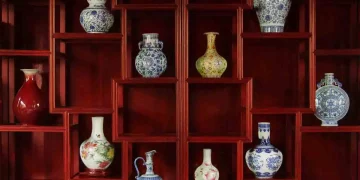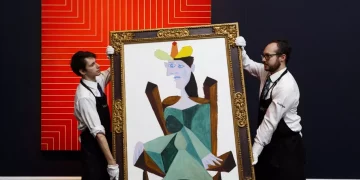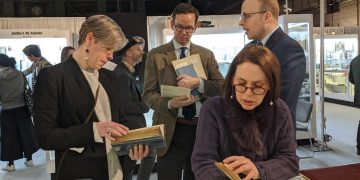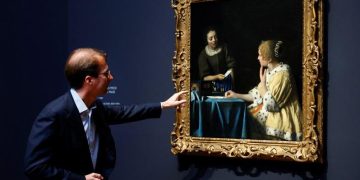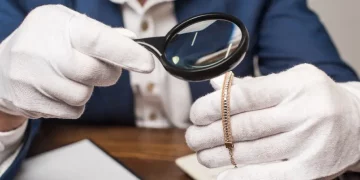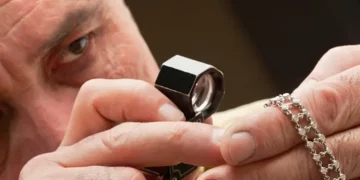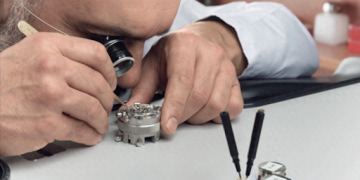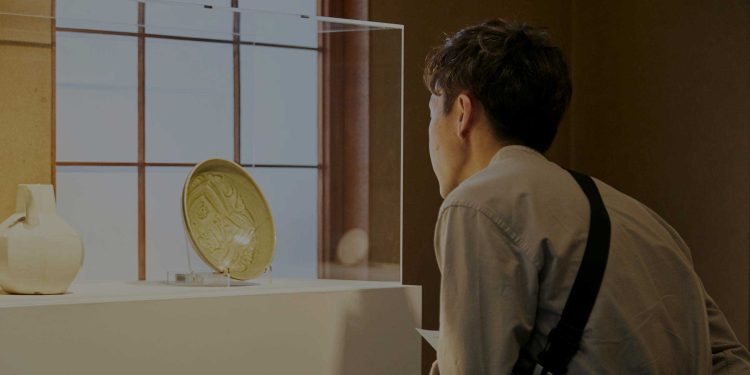1. Understand the Market Trends and Emerging Categories
The first step in finding collectibles with growth potential is to identify emerging trends. Markets evolve, and new categories often emerge that may be underpriced or overlooked. For example:
- Digital Art and NFTs: The rise of blockchain technology and non-fungible tokens (NFTs) has created a new asset class. Early-stage digital art and limited-edition NFTs, especially from well-known artists, offer significant upside potential.
- Rare Sneakers: Sneakers have become a booming market, with certain limited-edition collaborations or vintage pairs showing massive appreciation in value. Brands like Nike, Adidas, and Jordan remain highly popular.
- Luxury Watches: Collecting high-end watches has grown into a sophisticated investment sector, where models from Patek Philippe, Rolex, and Audemars Piguet can appreciate greatly over time, particularly in limited editions or discontinued models.
By keeping an eye on these emerging categories, investors can capitalize on the first stages of market growth.
2. Research Provenance and Authenticity
When evaluating collectibles, authenticity is key. Provenance—the documented history of an item—can significantly affect its value. In today’s market, many buyers are investing in items without clear provenance, leaving room for substantial risks. To identify collectibles with real growth potential:
- Look for Historical Relevance: Provenance tied to notable figures, events, or historical moments can add substantial value. This is particularly important in art, comics, sports memorabilia, and rare books.
- Verify Authenticity: Use trusted authentication services or buy from reputable sources to ensure the authenticity of the item. For example, graded comic books (CGC), certified coins (NGC), or authenticated sports cards (PSA) provide reliable valuation markers.
Authenticity and provenance determine not only the item’s current value but also its long-term appreciation.
3. Focus on Rarity and Scarcity
Rarity is a fundamental driver of value. The rarer an item, the more likely it is to appreciate. This is especially true in the collectibles market, where limited editions or discontinued items can see their value soar over time. To identify rare items with growth potential:
- Limited Edition Releases: Pay attention to limited-edition drops, collaborations, and rare items. These can include special sneaker releases, art prints, or comic book runs with low print counts.
- Discontinued Models: In categories like luxury watches, cars, or high-end handbags, discontinued models often become highly sought after by collectors.
By focusing on items that have a proven scarcity, you increase the chance of substantial future growth.
4. Assess Cultural Significance and Popularity
Cultural relevance plays a pivotal role in the value of collectibles. Items that resonate with current trends, pop culture, or have a nostalgic value tend to hold and increase their worth. Here’s how to approach it:
- Monitor Pop Culture and Trends: Follow trends in entertainment, sports, and fashion. For example, a rare comic book featuring the first appearance of a character who becomes popular in a blockbuster film can see a significant price increase.
- Tie-in with Celebrity or Media Exposure: Items connected to celebrities, events, or viral trends have higher growth potential. The resurgence of certain pop culture moments, such as classic video games or vintage concert merchandise, can lead to skyrocketing prices.
Identifying items that are culturally relevant today can lead to significant investment returns tomorrow.
5. Leverage Data and Market Insights
In the modern collectibles market, data-driven decisions are becoming essential. Using platforms that track sales trends, auction results, and market performance can give investors an edge. Some strategies include:
- Auction Results: Regularly monitor auction houses and online auction platforms like eBay, Sotheby’s, and Christie’s to spot items that are appreciating in value.
- Price Tracking Tools: Use platforms like StockX (for sneakers), WatchBox (for watches), or ComicConnect (for comic books) to track historical pricing trends and predict future growth areas.
By leveraging available data, investors can identify under-the-radar items that may have the potential for significant appreciation.

6. Consider Long-Term Potential and Emotional Value
While short-term speculative investments may yield quick returns, some collectibles offer long-term growth potential due to emotional and nostalgic value. These tend to be more stable investments. Consider the following:
- Sentimental Value: Some collectibles, like vintage toys, rare video games, or childhood memorabilia, have strong emotional ties for certain generations, increasing demand over time.
- Enduring Demand: Items from established industries like sports memorabilia or fine art often retain their value due to long-lasting fan bases and institutional interest.
Choosing collectibles with emotional or nostalgic value often results in a more stable investment with long-term growth potential.
7. Diversify Across Categories
Just like traditional investments, diversification is key when investing in collectibles. A diverse portfolio reduces risk and opens up multiple avenues for growth. Consider investing in:
- Art and Vintage Books: These are traditional and stable areas with potential for growth, especially works tied to significant movements or historical periods.
- Sports Memorabilia: Vintage jerseys, autographed items, or rare trading cards from iconic athletes often see price appreciation over time.
- Pop Culture and Entertainment: Items like limited-edition merchandise, movie props, and memorabilia tied to famous franchises can also provide growth potential.
By spreading investments across multiple categories, investors can increase their chances of finding valuable items while mitigating the risk associated with any single asset class.
8. Build Relationships with Trusted Experts
Finally, developing relationships with experts and insiders in various collectible markets can be invaluable. These professionals often have the early insight on emerging trends, rare finds, or future investment opportunities. Whether it’s an art dealer, sports memorabilia expert, or luxury watch broker, a trusted network can provide the information needed to make educated decisions.
Networking at trade shows, conferences, and joining relevant collector communities online (such as on forums or social media groups) can give you access to exclusive deals and private sales.
Conclusion
In the current market, the potential for finding valuable collectibles lies in understanding the ever-evolving trends, cultural relevance, and the scarcity of items. Focusing on emerging categories like NFTs and digital art, alongside more traditional collectibles like rare sneakers or luxury watches, can yield impressive returns. However, successful investment requires a combination of research, data, and insider knowledge to ensure that the items you invest in have true growth potential. By taking a strategic, informed approach, investors can unlock significant opportunities in today’s diverse collectibles market.





